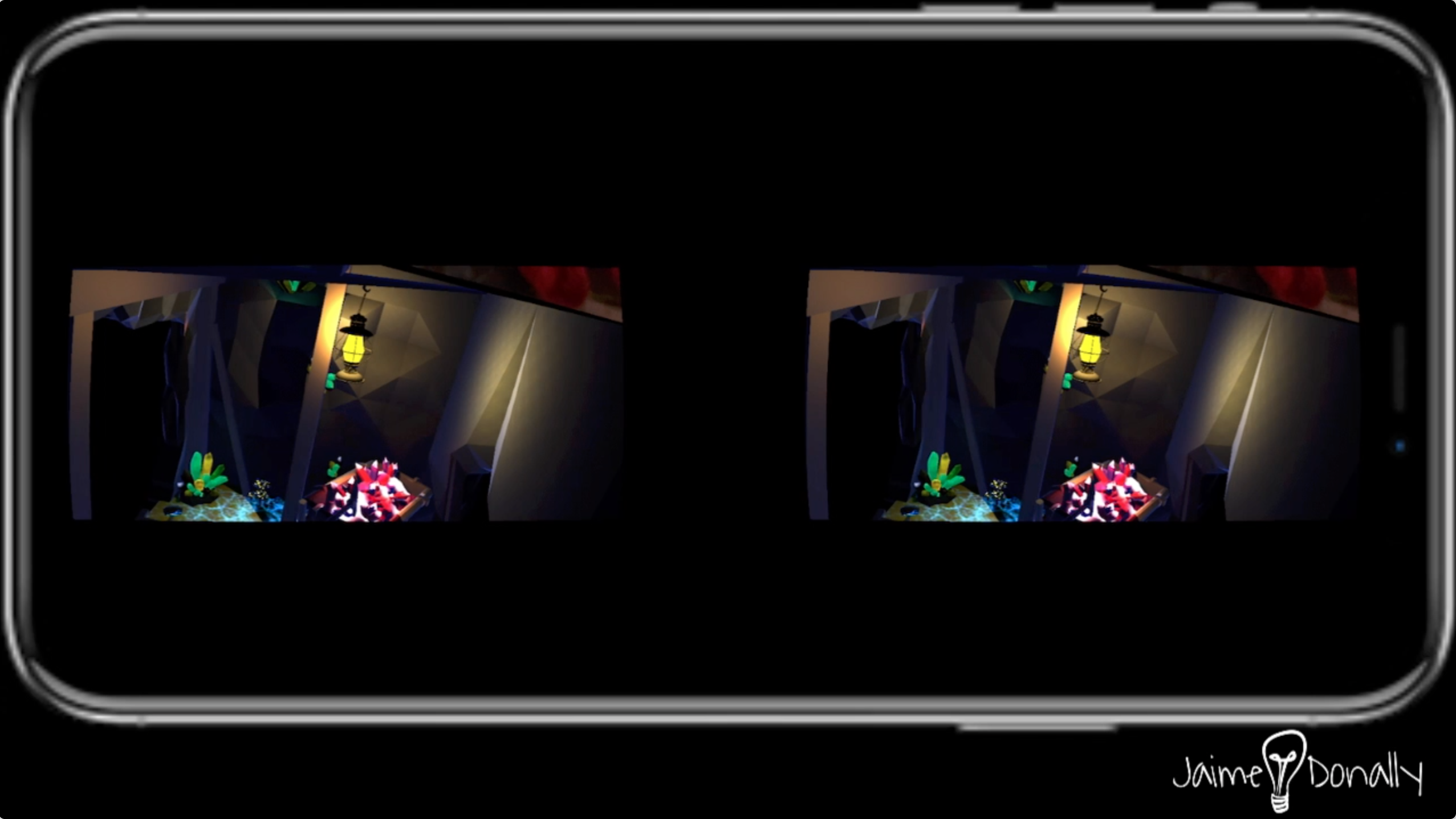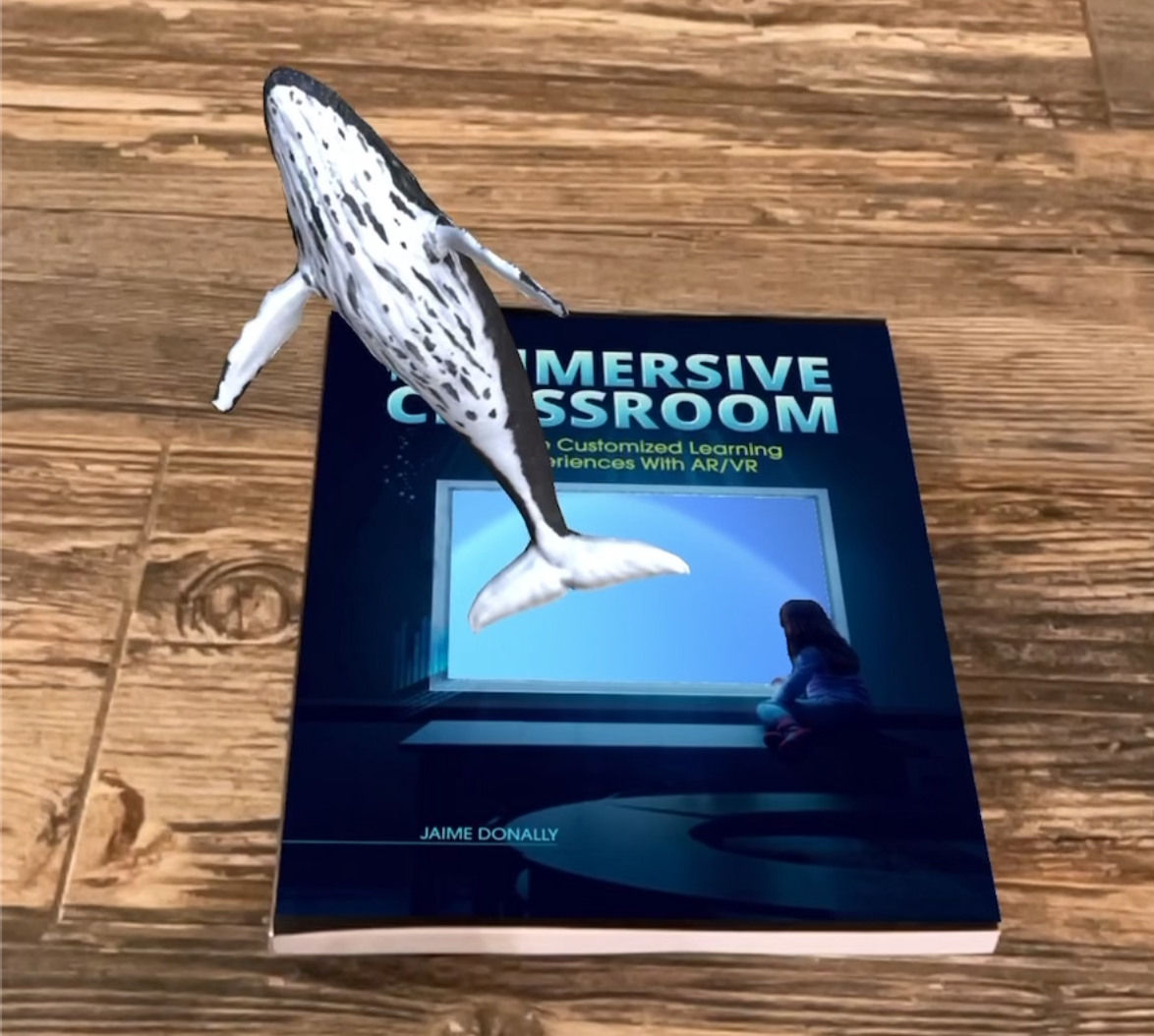Teaching a VR Lesson: 5 Questions to Ask
Proper planning can ensure an AR or VR lesson is a success, says immersive learning expert Jaime Donally.

Before teaching a VR lesson or an AR lesson, there are some questions teachers should ask themselves, says Jaime Donally, an immersive learning expert.
Donally is a former math teacher and instructional technologist who has written two books about teaching with extended reality (XR), which encompasses virtual reality (VR) and augmented reality (AR). She advises teachers to ask these questions as they prepare to teach a VR lesson and get ready for the metaverse.
1. What is The Goal of The VR Lesson?

As with any kind of lesson, it's a good idea to start with the end goal in mind when teaching a VR lesson by asking questions such as, "What is the learning objective? And how can VR help meet that objective?"
Too often, an educator will see a cool VR lesson at a conference and try to shoehorn it into an existing lesson. “I think that's really going to be the approach that's going to have a lot more problems,” says Donally.
Instead, she advises teachers to search for VR and AR resources and lessons that can fill gaps. “Look for the resources that are going to target those areas where maybe us as teachers have a hard time grasping or demonstrating," she says. "What can augmented or virtual reality support that I couldn't do without that kind of technology?”
For example, consider using VR to enhance an existing lesson, such as a history lesson to see what a significant site used to look like in the past.
2. What Type of Technology Do Your Students Have Access To?
You don’t need an expensive VR headset to start incorporating immersive technology into your teaching but you do need to be mindful of the strengths and weaknesses of the tech that your students have access to.
Tools and ideas to transform education. Sign up below.
“Chromebooks, which are the most popular school products in the classroom today, are limited to more web XR experiences,” Donally says. “So an example of that is actually building in a virtual or 360-degree environment.”
If students have access to devices with cameras such as an iPad, iPhone, or Android device, they can engage in AR lessons. “They can do augmented and virtual reality experiences in it, and it gives them the chance to be able to explore and sometimes even create and design,” Donally says. “Depending on which device they get, they can even do 3D scanning to be able to build and populate their immersive experiences. Most of what I share is being used or leveraged on iPhones or iPads, or Google mobile devices."
3. Who Can I Collaborate With?
Collaboration with administrators and other colleagues is key to developing successful VR lessons, especially as the technology you are utilizing gets more advanced and potentially expensive.
“[Collaborate] with your curriculum team, your technology team, other teachers in the same group, whether it be grade level or subject level,” Donally says.
When this collaboration portion isn’t in place, sometimes efforts to incorporate VR into the classroom can be a bust. “What happens is you have this really energetic teacher that jumps into this technology, with absolutely no support through their curriculum, no support through their technology, and really no guidance. So they run into all these stumbling blocks,” Donally says. “I've actually heard of school districts going out and spending grant money for VR headsets, and the technology department shuts it down because it's not safe, or there are complications within their own network.”
4. What Resources Are Available?
Donally has written more than 200 blogs on VR learning and related topics for her website that teachers can access for free. In addition, she has developed two free courses in partnership with the Verizon Innovative Learning Center and has written two books published by ISTE on the topic, The Immersive Classroom and Learning Transported.
Educators can also connect with other VR-interested teachers using the #ARVRinEdu hashtag on social media. “You're going to find a lot of resources from the community sharing ideas and inspiring one another," Donally says.
She recommends the following courses:
5. How Do I Know My VR Lesson Is Successful?
The more that our VR lessons can be student-directed, the better. “I think a successful lesson is letting the students own the technology,” Donally says. “When students are building and creating experiences, sharing those experiences with others, and that’s something that others can enjoy and maybe even be inspired by. I think that's really when we're going to see this kind of technology take off.”
Too often there’s is a reluctance to hand students the reins. “We tend to want to control every piece. We have to know every aspect [of a lesson]. I don't know, every aspect,” Donally says. “Every time I talk to teachers or students I learn something new. And I think when we can all look at it from an approach that we are in this together to learn this together. This technology is changing so rapidly, that we always have room for growth and to learn together. I think that that's when you have a successful lesson.”
Erik Ofgang is a Tech & Learning contributor. A journalist, author and educator, his work has appeared in The New York Times, the Washington Post, the Smithsonian, The Atlantic, and Associated Press. He currently teaches at Western Connecticut State University’s MFA program. While a staff writer at Connecticut Magazine he won a Society of Professional Journalism Award for his education reporting. He is interested in how humans learn and how technology can make that more effective.

